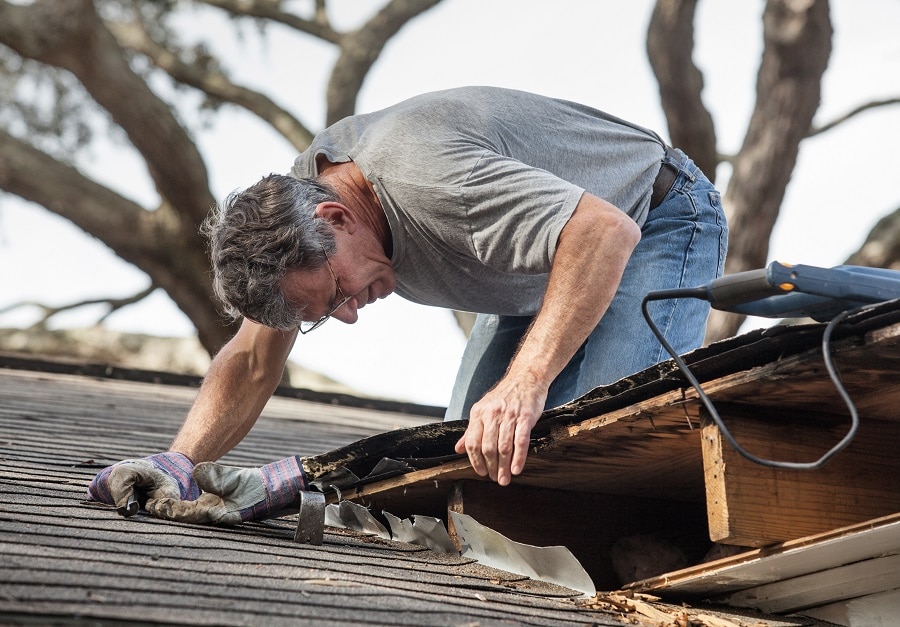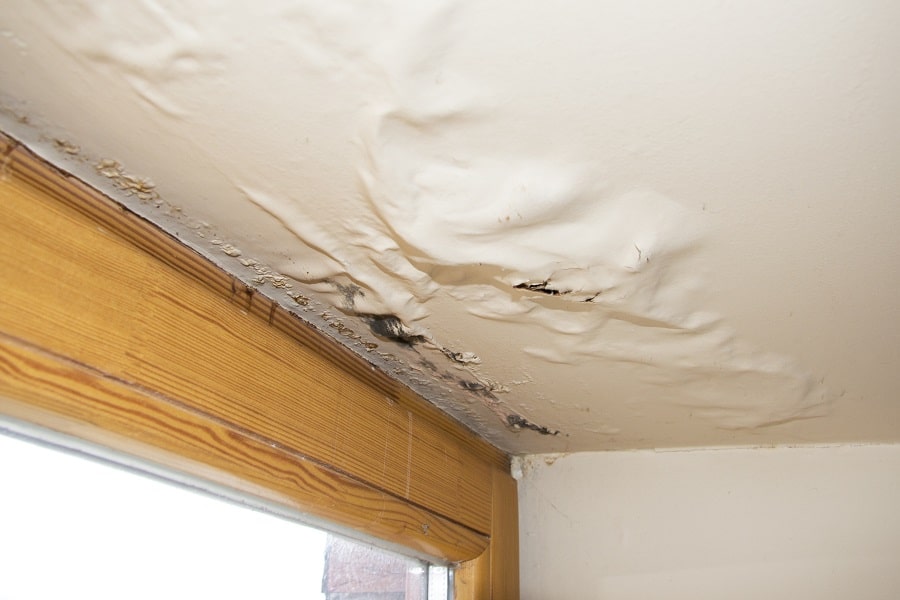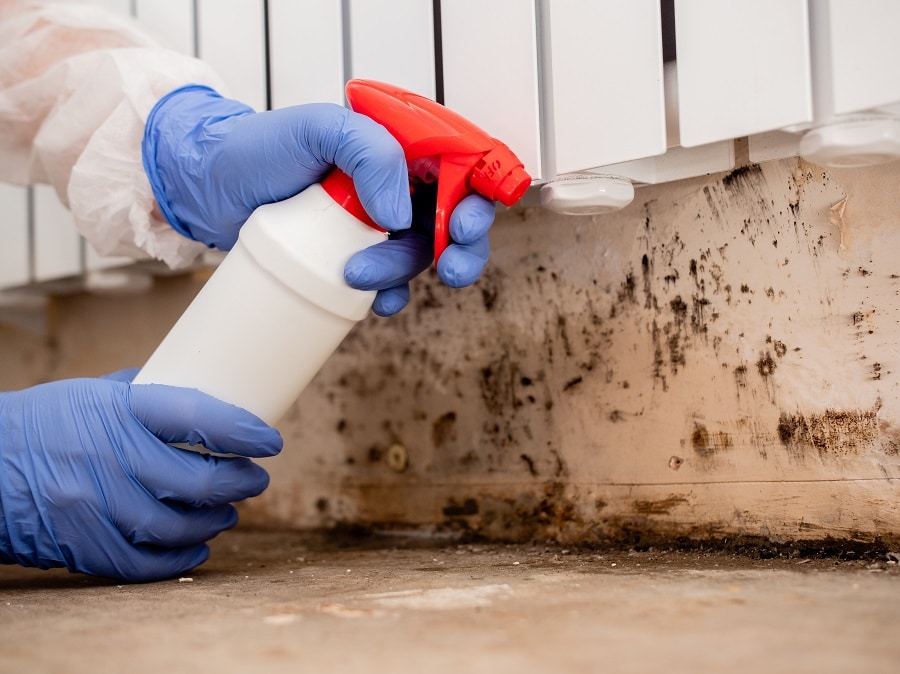When we consider any building, regardless of its age, any timber decay within the building is often caused by rot. Wood rot comes in two predominant forms: wet and dry rot, and they both occur as a result of fungal decay in building timbers.
What is Wet Rot?
This type of rot can be found in wet timber. It warps the timber, making it swell and causing the fibres to separate, this can lead to loss of strength, and eventually, crumbling in the timber structure. Wet rot can speed up the decay process, making timber lose its structural integrity and eventually collapse. Incessant contact with sources of moisture is the primary cause of wet rot in structural wood. It could be from faulty plumbing or penetrating damp, on the ‘wet’ side of the house. Wet Rot is a fungus and will spread to neighbouring timbers, which in turn suffer damage.
Our Guarantee
- upto 30 year guarantee
- customer focused team
- 20 years combined experience
- portfolio of satified customers
- attention to detail
- Construction line accreditation
- public liability insurance
- CHAS accreditation
What is the Difference Between Dry Rot and Wet Rot?
Dry rot causes more and faster damage to structural timber as it spreads and consumes structural wood within a property. Meanwhile wet rot, despite being a more common occurrence, causes less damage; decay is typically restricted to the areas that remain wet on the timber. In the absence of noticeable fungi, we can identify wet or dry rot by observing the variation in timber colour and the size of the cracks seen on the timber.
What causes Wet Rot?
Certain environmental conditions are behind the development of wet rot spores. The major cause of wet rot is moist timber. Moisture plays a major role in the appearance and progression of wet rot. Consequently, the timber begins to display obvious signs of decay.
The Dangers of Wet Rot in Brighton
Wet rot is a serious problem. It can cause irreparable damage to your home and reduce its value. If you find wet rot in your home, you must treat it quickly or risk allowing the infection to spread. Recent surveys of 2,038 London homeowners asked whether they experienced wet rot, where the rot had taken hold and whether they were able to stop it recurring in the future.
The results were quite surprising; over 20% of the respondents had experience with some form of wet rot. Wet rot can attack timber flooring; making the property lose its structural integrity. Besides causing expensive repair work, devalue your property and most insurance companies will not offer policies on houses where there are signs of damp build-up or moisture ingress.

What are the Warning Signs of Wet Rot?
The signs of wet rot or the conditions that allow the fungus to gain a foothold in the timber depend on the type of moisture it comes in contact with. Peeling wallpaper (especially at the corners), malfunctioning central heating boiler, a persistent musty smell, and malfunctioning cookers are some easy-to-spot signs of wet rot. Some common locations for wet rot include underneath the kitchen sink, roof spaces/attics, and along external walls. Wet rot typically attacks older buildings constructed using timber frames rather than modern species such as Meranti and Sapele. Timber below ground level and as high as the one-floor level are also vulnerable to wet rot. Identifying wet rot or dry rot is the first step toward preventing it. If you notice any signs of wet rot infestation, then you should carry out a damp survey as soon as possible.
Call Our Sussex Damp Experts team now for quote, consultation and advice:
Call on 01273 257 765.
How and When Should I Look for Wood Rot?
You should comb your home annually to look out for signs of wood rot and damp. The pre-winter weatherproofing period is an excellent time to get this done. The inspection requires a long-handle screwdriver as well as a powerful flashlight.
Looking out for discolouration or swelling below and around the windows is necessary for buildings with wood siding. Paint can often disguise wood rot, so poke the siding with the screwdriver to make sure that the wood is solid. If the wood has a spongy feeling and the surface gives in when you touch it, then you have wood rot. Use a decent flashlight to inspect the attic for discoloured wood. Transition to the screwdriver test if you notice any. Make sure you examine the roof decking’s underside, the joints where the wood members meet at the rooftop, and the attic edges where rafters slant down to form eaves. These are key locations for the growth of wood rot in the attic.
Using the flashlight to check out discolouration on the perimeter wood plate on the concrete basement wall, study the wood in a crawl space (sill plate) or basement. Use the screwdriver test on any discoloured regions you come across. Examine walls and floors for signs of water leaks or discolouration under sinks, around tubs and baths, and the water heater.
How do we identify wet rot?
Identifying wet rot is not an exact science, there many different forms of wet rot that can affect timber in different ways. Pushing a knife up to the handle into painted timber is an effective way to confirm rot. Our damp-proofing experts are trained to identify the following:
- Localised fungal growth on timber
- The soft, spongy feel of timber; the affected area appears darker than the surrounding timber.
- The soft and spongy texture of rotting timber; the affected region often looks darker than the other parts.
- That spongy, soft feel timber gets when affected by wet rot; the affected parts are darker than the other areas.
- The spongy, soft texture of rotten timber; the infested area is darker than the other parts.
- The springy feeling that is an indicator of wet rot; the affected area is often darker than others around it.
- Crumbling of affected dry timber into particles.
- Dry timber crumbling into particles.
- The crumbling of infested timber into dry particles.
- Dried-out timber disintegrating into particles.
- The disintegration of rot-eaten timber into particles.
- Shrinking timber
- Bleaching wood in window and door frames
- Flaky or damaged paint
- A musty, damp smell
What to Do After You Detect Wet Rot?
You need the services of a damp expert to take on wet rot; ensuring the source of moisture is identified and blocked is crucial to preventing repeat cases. Call Sussex Damp Experts on 01273 257 765 today to get more information about wet rot treatments.
Wet Rot and Damp Proofing in Brighton

Your search for wet rot treatment and damp proofing services ends here! Call us if you notice any signs of damp or wet rot in your home, we can fix the problem and help you avoid the health risks and potential damage to your building’s structural integrity as the decay spreads. Our expert damp proofers will take the cause of the problem into account and proffer possible solutions to resolve it permanently.
Timber damp proofing is quite different from cosmetic treatment; it is a strategic approach to maintenance that is geared towards protecting the timber from decay. Protection for timber is possible in two ways.
Surface treatments can never be relied upon; they will always fail, eventually making the situation worse when they do. The only answer is to cover the entire surface with a membrane or treating/replacing the timber. Call 01273 257 765 today to speak to one of our experts concerning wet rot treatment in your building.
Wet Rot Treatment Specialists in Brighton
With 20 years experience tackling wet rot in Brighton, we are leading specialists offering free, no-commitment cost estimates and site surveys to a wide range of property owners. Our wet rot experts will examine your property and come up with solutions to cut off the source of moisture ingress. Our experts use advanced methods to detect and treat various forms of rot in properties.
Wet Rot Treatment in Brighton
Wet rot can be found predominantly in areas that are constantly exposed to moisture. Nevertheless, during wet rot treatment we don’t just fix the damage alone, we address the issue from the source. We identify how the timber gets in contact with moisture and block it against future occurrences. Treating rot should be left to expert professionals who can deliver a holistic solution. Delaying wet rot treatment can be a costly mistake. The best thing to do when you notice signs of wet rot or damp is to call experts such as Sussex Damp Experts for help.

We have the expertise to effectively treat wet rot. Sussex Damp Experts is here to help, we waste no time in identifying the cause for dampness and, which areas have been damaged. Don’t put it off any longer, call us today on 01273 257 765 or complete and submit the contact form to get started.
Our Wet Rot Treatment Process in Brighton
As is the case of the majority of property-related issues, the longer you put off acting on a persistent problem, the worse it is likely to get. If you notice the presence of fungal rot at the early stages, treatment can be narrowed down to a small area. In more serious situations where the fungus has spread along the breadth of the timber, you may need replacements for entire timber beams. Treating wet rot entails various procedures. The treatment of wet rot involving timbers must start with addressing the root of the problem and preventing moisture from reaching the timber. We identify the source of moisture ingress including condensation and broken guttering, and we apply corrective measures to cut them off. Contractors or builders who do not have the required expertise in rot treatment often opt to replace the affected wood. Such efforts are usually followed by spraying chemical preservatives on the area in question. This approach is sure to fail. If you notice even the slightest signs of wet rot in your property, the team at Sussex Damp Experts is more than happy to help out. Call us today.
What happens to Wet Rot if left untreated?
Ignoring wet rot gives it the license to weaken the structural timber, which could put the lives of the residents in danger. The timber gets soft and spongy as rot sets in, this means it will cave in when prodded with a sharp-edged object like a knife or screwdriver. The long-term result is a loss of structural integrity in the timber, which could eventually lead to your building being condemned. Call Sussex Damp Experts on 01273 257 765 and speak with one of our Experts in Wet Rot Treatment today!
What is the cost of Wet Rot Treatment in Brighton?
Rot can cause extensive damage to any property. The cost of damp proofing and remedial works varies depending on the type and severity of the problem, but you shouldn’t let that put you off. Our wet rot treatment services in Brighton come at an affordable cost. We are dedicated to providing the right solutions to help you keep your home rot-free.
How to prevent wet rot?
Wood should be protected from moisture at all times to prevent decay. You can also apply wood hardeners to protect the timber from the effects of rot. The wood becomes more resistant to moisture when coated with the hardener. The most vulnerable areas in a building are the window boxes and sills, including timber beams that haven’t been damp proofed and stand close to brickwork.
Talk to Our Wet Rot Treatment Experts Today!
Call 01273 257 765 today to speak to one of our experts concerning wet rot treatment in your building.
FAQ
Is wet rot smelly?
Is Wet Rot Capable of Spreading?
Can Wet Rot Cause Health Problems?
Is there a DIY treatment solution?




